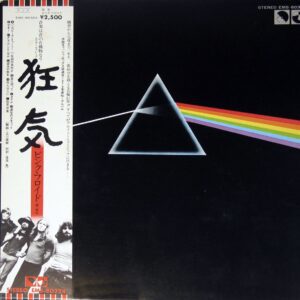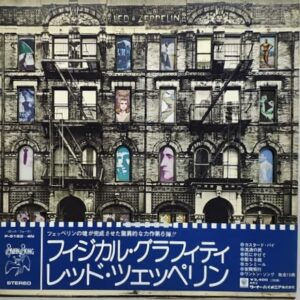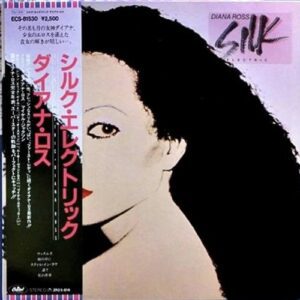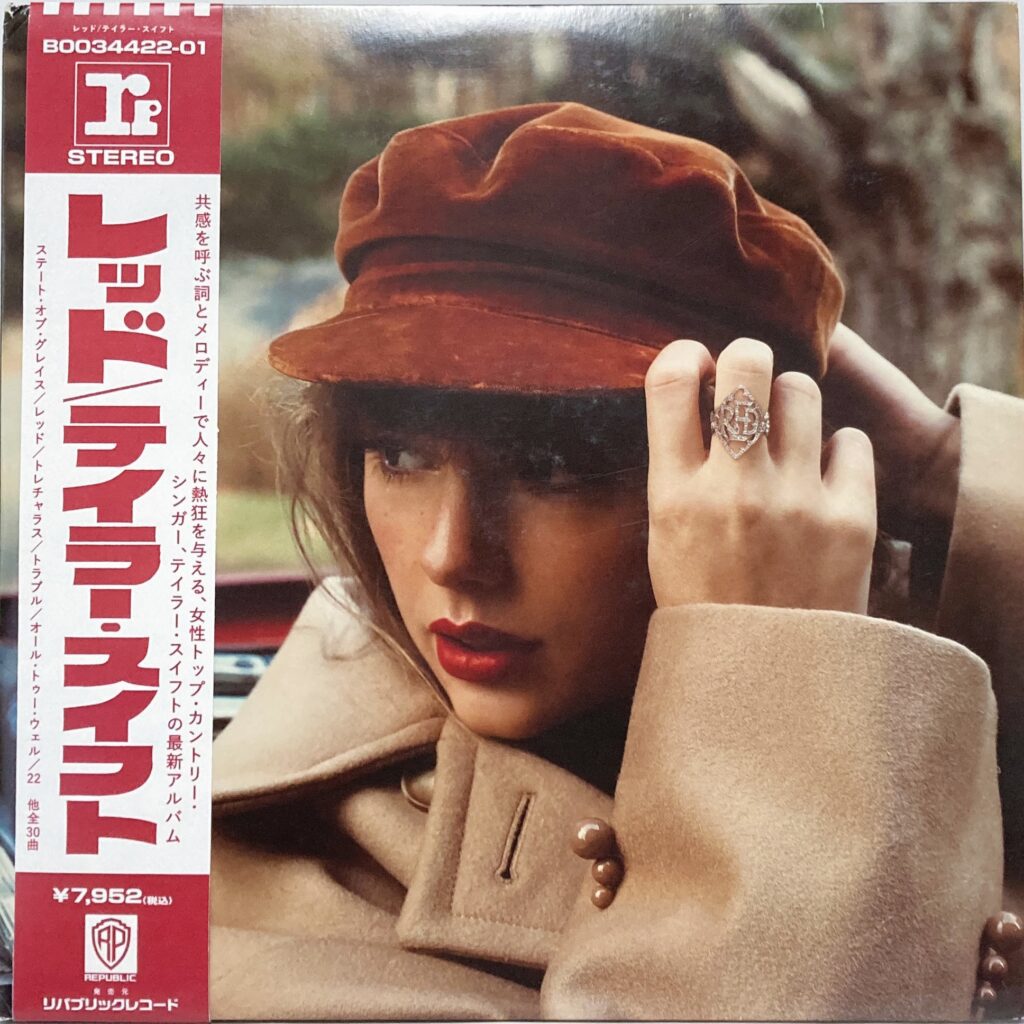In the crates at the back of a record shop in Shibuya or tucked between ECM rarities at an indie fair in Berlin, one thing gets a certain kind of collector’s pulse racing: a thin band of paper wrapped around the edge of a Japanese LP.
To most people, it looks like throwaway packaging, but to seasoned vinyl fans, it’s the real prize.
Welcome to the world of obi strips – fragile, beautiful, and increasingly essential to collectors who care not just about music, but how it was presented, preserved, and revered.
What is an obi strip?
An obi strip (帯) is a narrow band of paper, usually vertical and often brightly printed, that wraps around the spine or edge of a Japanese vinyl record, CD, or cassette. It gets its name from the kimono sash, and, like its namesake, it’s designed to wrap around something important without obscuring what’s underneath.
First introduced in the 1960s, obi strips offered information for Japanese buyers, such as title, artist, tracklist, catalog number, price, reviews, and promotional blurbs, all in Japanese. They served as a kind of functional translation tool, letting local fans understand Western releases without altering the original album art.
But what began as sales copy turned into something else entirely: a symbol of care, cultural pride, and (eventually) collectability.
How Japan turned vinyl into an art form
The rise of obi strips coincided with the golden era of Japanese vinyl manufacturing. In the post-war years, labels like Toshiba EMI, Nippon Columbia, and Victor developed a reputation for producing audiophile-grade records, using virgin vinyl, low-noise mastering, and exacting quality control. Foreign labels began licensing their catalogues to Japanese imprints not just for market access, but because the final product was often better than the original.
This wasn’t a happy accident, it was a reflection of monozukuri, the Japanese ethos of craftsmanship that values beauty, durability, and precision in everyday objects. In Japan, music wasn’t seen as disposable, it was more like literature or art, worthy of thoughtful packaging and higher prices.
The obi strip fit right into that mindset, not just as a marketing tool, but as a finishing touch. A sign that the item was complete.
Types of obi strips
Obi strips evolved over time, reflecting changes in format, design, and marketing trends:
| Type | Description |
|---|---|
| Early Paper Obi | Found on 1950s–60s pressings; extremely thin and fragile. Rare in good condition. |
| Gatefold Obi | Wraps around the full width of gatefold sleeves; often wider and more decorative. |
| Cap Obi | Popular in the 1980s; wraps horizontally over the top edge like a “cap.” |
| Mini Obi | Shrinked versions used for CDs and cassettes, usually wrapped vertically. |
| Reissue Obi | Modern recreations used in limited editions, often with nostalgic or stylised design. |
Some labels, like Alfa and Better Days, developed their own “house” obi styles which were subtle, distinctive, and often as collectible as the music inside.
The collector’s halo: Why obis matter
Collectors treat obi strips like a litmus test. Just as sneakerheads inspect box condition or comic book fans care about first-print barcodes, serious vinyl collectors obsess over the presence of an obi.
Here’s why:
1. Completeness and authenticity
A record with its obi intact feels like a time capsule; original, untouched, and credible. It shows that someone cared enough not to throw it away.
2. Value booster
The presence of an obi can add hundreds of dollars to a record’s resale price. Albums such as Electric Ladyland, Tropical Dandy, or Soundscape 1: Surround can double in value with obi compared to without.
3. Aesthetic and ritual appeal
Some obis were bold and graphic, others barely there, with whisper-thin typography that echoed the ambient stillness of the album they wrapped. From City Pop to avant-jazz, the obi often gave visual clues to the music inside.
4. Scarcity and fragility
Unlike shrinkwrap or hype stickers, obi strips weren’t meant to last. They weren’t sealed to the sleeve and were often tossed by buyers who didn’t read Japanese. That fragility has only made them more desirable.
The obi as global symbol
In recent years, the obi strip has become an export in its own right. Labels like Light in the Attic and WeWantSounds now include stylised obi-style bands on their reissues, eg. 2024’s How Does That Grab You? by Nancy Sinatra, paying homage to a format once considered ephemera.
Modern Japanese artists like Cornelius and Shintaro Sakamoto continue the tradition with typographically bold, stylish designs. And collectors in the West increasingly treat the obi as a sign of quality, not just origin.
In other words: the obi strip isn’t just surviving; t’s thriving.
Care tips for obi-striped records
If you’re lucky enough to own some obi-equipped records, treat them well:
- Don’t peel or glue them – they’re not meant to be attached
- Store upright in anti-static sleeves with outer plastic covers
- Keep away from heat and moisture, which can warp or fade paper
- Avoid handling obis too much – they crease easily
- And if you’re buying: always ask if the obi is included and what condition it’s in. A mint obi can mean the difference between a bargain and a grail.
And finally…
For most people, an obi strip is just a bit of paper, but for collectors, it’s a symbol of everything that makes Japanese vinyl special: care, design, sound quality, and a kind of analog reverence that’s vanishing from the digital world.
Whether you’re digging in Shinjuku or browsing Discogs, spotting that vertical band of kanji is like seeing a halo. And for a growing number of fans, it’s not just about the music, it’s about the object, the story, and the way it was meant to be experienced.










